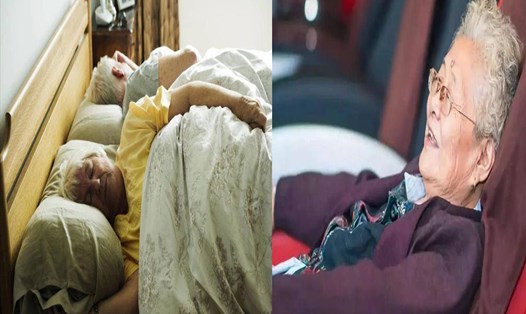According to NASA (National Aeronautics and Space Administration of the United States), the ideal nap is about 26 minutes, which is the length of time that matches the brain's natural sleep cycle, helping to increase alertness and reduce drowsiness. Research from NASA's Ames Center has proven that naps are effective in combating fatigue and drowsiness, while improving overall performance.
Here's a guide to the perfect nap, based on scientific research from NASA and expert advice from Dr. Sudhir Kumar, neurologist at Apollo Hospitals, Hyderabad (India):
Optimal nap time
According to NASA, 26 minutes is the ideal nap length if you need a quick boost of alertness and energy without feeling sluggish afterward. A short nap typically includes lighter stages of sleep, which are refreshing but not deep enough to cause post-sleep sluggishness.
According to Dr. Kumar, we sleep in stages. The body goes through distinct sleep cycles, each lasting about 90 to 120 minutes. As you fall asleep, you gradually enter deeper stages of sleep.
You should aim for a short nap, around 26 minutes is ideal. This allows you to avoid the deepest stages of sleep, ensuring you wake up refreshed and alert.
The best time of day to take a nap
The best time to take a nap is usually in the early afternoon, between 1pm and 3pm. This time period, often referred to as the “post-lunch window,” is when you’re most likely to feel sleepy and a nap can help recharge your body.
Create the perfect nap environment
A conducive sleep environment is essential for a quality nap. Here's how to set up your nap space:
Darkness: Try napping in a dark or dimly lit room to help your body transition into sleep mode.
Cool Temperature: A cool room temperature is ideal for napping because it helps lower your body temperature, which typically drops during sleep.
Quiet: Eliminate as much noise as possible. Consider using earplugs or a white noise machine if you are in a noisy environment.
Comfort: Use a comfortable mattress and pillow. If you're at work or on the go, a reclining chair or travel pillow can make napping more comfortable.
By following these guidelines, you can optimize your nap so you feel refreshed, alert, and ready to tackle the rest of your day.











